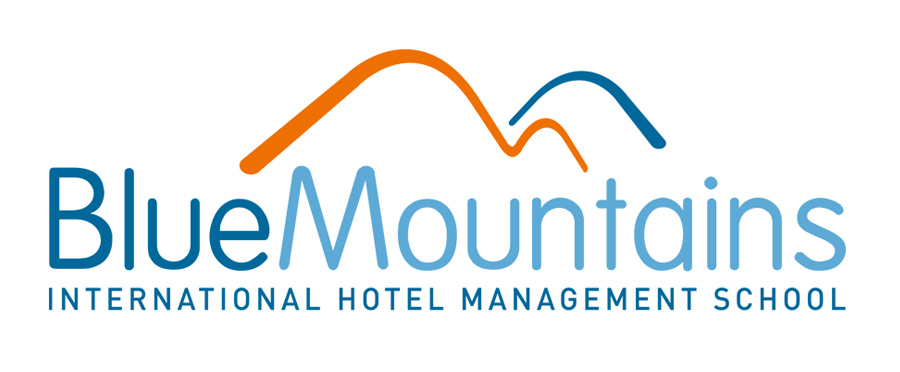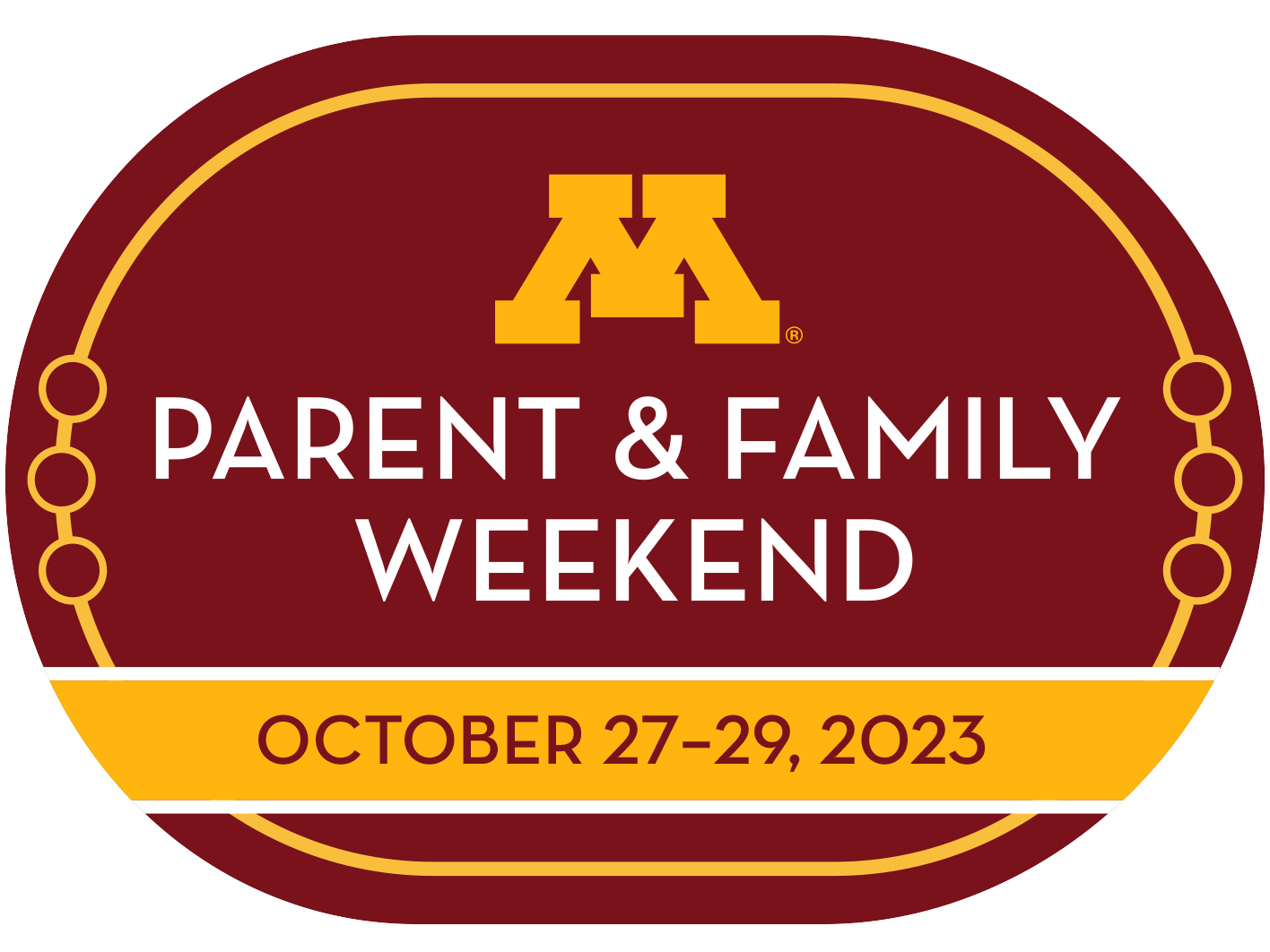Academic calendar umn – Welcome to the ultimate guide to the UMN academic calendar, your roadmap to academic success! This calendar Artikels key dates, deadlines, policies, and more, empowering you to plan your semesters strategically and stay on top of your studies.
In this comprehensive guide, we’ll dive into the structure of the academic calendar, explore its impact on student life, and provide tips for effectively managing your time. Plus, we’ll keep you updated on any changes or updates to the calendar, ensuring you always have the most up-to-date information.
Overview of Academic Calendar
The academic calendar is a crucial document that Artikels the significant dates, deadlines, and events throughout the academic year at the University of Minnesota (UMN). It serves as a roadmap for students, faculty, and staff, ensuring a smooth and organized academic experience.
The UMN academic calendar is meticulously structured to align with the university’s academic policies and procedures. It typically includes the following sections:
Structure of UMN Academic Calendar
- Academic Year Overview:Provides a comprehensive view of the academic year, including start and end dates, semester breaks, and holidays.
- Registration Dates:Artikels the specific dates and deadlines for course registration, including early registration, open registration, and late registration.
- Add/Drop Deadlines:Indicates the last date to add or drop courses without penalty.
- Withdrawal Deadlines:Specifies the deadlines for withdrawing from courses with either a “W” or “F” grade.
- Final Exam Schedule:Lists the dates and times for final exams for each course.
- Commencement Dates:Announces the dates for commencement ceremonies for graduating students.
- Important University Events:Highlights significant university events such as convocations, lectures, and research conferences.
Key Dates and Deadlines

It’s essential to mark important dates and deadlines on your calendar to stay on track throughout the academic year. These dates include the start and end of semesters, registration periods, and exam schedules.
Looking for the academic calendar for the University of Minnesota (UMN)? You can find it on their website. While you’re there, you might also want to check out the telugu calendar 2023 usa . This calendar is a great way to stay organized and keep track of important dates and events.
The academic calendar for UMN is also a great resource for planning your semester. It includes important dates such as the start and end of classes, exams, and holidays.
Academic Year Dates
| Date | Event |
|---|---|
| [Start date of fall semester] | Fall semester begins |
| [End date of fall semester] | Fall semester ends |
| [Start date of spring semester] | Spring semester begins |
| [End date of spring semester] | Spring semester ends |
Academic Policies and Procedures
Academic policies and procedures are essential components of the academic calendar, outlining the rules and regulations that govern academic activities and student conduct. These policies and procedures provide a framework for students to navigate their academic journey, ensuring fairness, consistency, and academic integrity.
Registration
Registration is the process through which students enroll in courses for a specific semester. University academic calendars typically specify registration periods, deadlines, and procedures. Understanding these policies is crucial as they determine the availability of courses, potential conflicts, and timely completion of coursework.
For instance, late registration may result in limited course options or additional fees.
Add/Drop Deadlines
Academic calendars also include add/drop deadlines, which allow students to make changes to their course schedules after the registration period. These deadlines provide flexibility for students to adjust their workload, accommodate unforeseen circumstances, or optimize their academic progress. However, it’s important to adhere to these deadlines to avoid penalties or academic setbacks.
Exam Schedules
Exam schedules are an integral part of the academic calendar, providing students with advance notice of exam dates and times. This information allows students to plan their study schedules effectively, allocate time for exam preparation, and avoid conflicts with other commitments.
By adhering to exam schedules, students can demonstrate their academic responsibility and maximize their chances of success.
Impact on Student Life
The academic calendar plays a significant role in shaping the lives of students. It provides a structured framework for course planning, scheduling, and extracurricular activities.
Understanding the academic calendar is crucial for students to effectively manage their time and meet academic deadlines. Here are some tips and strategies:
Time Management, Academic calendar umn
- Break down large assignments into smaller, manageable tasks.
- Create a study schedule and stick to it as much as possible.
- Use a planner or calendar to keep track of deadlines and appointments.
- Take advantage of office hours to seek clarification from professors.
- Seek support from classmates, tutors, or academic advisors when needed.
Course Planning
- Review course offerings and select courses that align with your interests and academic goals.
- Consider the course load and workload when selecting courses.
- Plan ahead and register for courses early to secure your preferred schedule.
- Meet with your academic advisor to discuss course selection and academic progress.
Extracurricular Activities
- Explore the various extracurricular activities offered on campus.
- Join clubs and organizations that align with your interests and hobbies.
- Balance your academic commitments with extracurricular activities to avoid burnout.
- Participate in activities that provide opportunities for personal growth and leadership development.
Changes and Updates

To maintain the academic calendar’s accuracy and effectiveness, it is crucial to monitor and identify any changes or updates.
Establish a system to promptly notify students of any modifications or revisions. This ensures they are informed and can adjust their schedules accordingly.
Accessibility and Inclusivity

The academic calendar should be accessible and inclusive for all students, regardless of their abilities or disabilities. This means providing resources and support for students who may need accommodations or modifications to fully participate in their studies.
Some examples of accommodations that may be needed include:
- Extended time on exams
- A quiet testing environment
- Assistive technology
- Note-taking assistance
It is important to ensure that all students have the opportunity to succeed in their studies, regardless of their individual needs.
The academic calendar of the University of Minnesota (UMN) provides important dates and deadlines for students and faculty. It’s a valuable tool for planning your academic year. If you’re looking for a more specific calendar, you can also check out the atlanta telugu calendar 2023 . This calendar includes important dates and events for the Telugu community in Atlanta.
Whether you’re planning your academic year or looking for cultural events, be sure to check out the relevant calendars.
Comparison with Other Institutions

The UMN academic calendar is comparable to those of other institutions, with some notable similarities and differences.
Similarities
- The UMN academic year follows a semester system, with two semesters per year.
- The fall semester typically begins in late August and ends in mid-December.
- The spring semester typically begins in mid-January and ends in early May.
- UMN offers a variety of academic programs, including undergraduate, graduate, and professional degrees.
- The university has a diverse student body, with students from all over the world.
- UMN is a research-intensive university, with faculty members who are engaged in cutting-edge research.
Differences
- The UMN academic calendar is slightly shorter than the academic calendars of some other institutions.
- UMN does not offer a winter session, while some other institutions do.
- UMN has a different grading system than some other institutions.
- UMN has a different policy on academic accommodations for students with disabilities than some other institutions.
The similarities and differences between the UMN academic calendar and those of other institutions have implications for students and faculty. For example, students who are considering transferring to UMN should be aware of the differences in the academic calendar and grading system.
Faculty who are considering moving to UMN should be aware of the different policies on academic accommodations for students with disabilities.
Frequently Asked Questions: Academic Calendar Umn
What is the purpose of the academic calendar?
The academic calendar provides a structured framework for the academic year, outlining key dates, deadlines, and events. It helps students plan their courses, register for classes, and stay on track with their academic progress.
Where can I find the academic calendar?
The UMN academic calendar is available online on the university website. You can also find it in the course catalog and other university publications.
How do I use the academic calendar?
The academic calendar can be used to plan your courses, register for classes, and stay on top of important deadlines. It can also be used to track holidays, breaks, and other events.